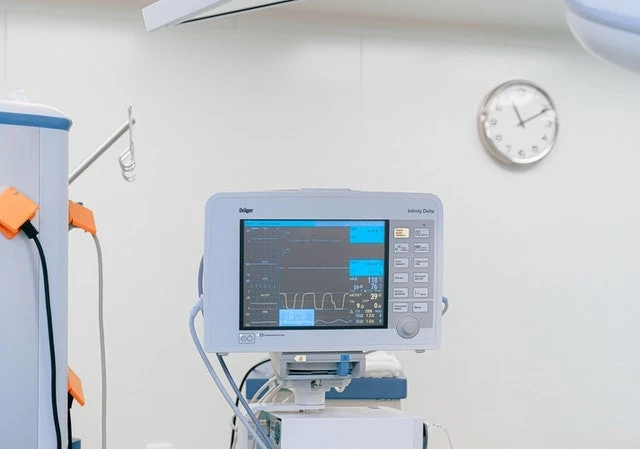Software Design for Medical Devices Investment Activity
Add bookmarkWe respect your privacy, by clicking "Download Your Copy" you agree to having your details passed onto the sponsor who may promote similar products and services related to your area of interest subject to their privacy policy. You have the right to object. In addition, you will receive our e-newsletter, including information on related online learning opportunities. For further information on how we process and monitor your personal data, and information about your privacy and opt-out rights, click here.
The Medical Device Technologies Market is forecasted to undergo exponential growth from 2015 up to 2021. (5)
Forecasted global market value for emerging medical device technologies by 2021: £90.8bn This is from 2016’s valuation of $55.9 billion . (4)
The growth of this market is underpinned by the rise of segments in cardiovascular, orthopedic, diabetes care, in vitro diagnostics, neurology, ophthalmology, drug delivery/pain management as well as patient monitoring. Other driving factors include looking at the rising prevalence of chronic diseases, digital advancements in medical devices and the aging population.(4)
Forecasted market value of medical device connectivity by 2021 (6) US$ 1,344.1m
2015 saw the services segment take the largest share of this market which is connected to the increased use of EHRs and healthcare information exchange systems. (6) North America stood as both the largest and fastest growing regional market, followed by Europe, Asia-Pacific and the RoW.
Software design for medical devices requires a dedication to continuous improvement. In a recent article published by Healthcare Informatics, Heather Landi maintains that, although challenging, it is important to host a central repository of up to date and accessible information tracking the software versions that are active in a healthcare facility in order to successfully manage required updates. A lack of visibility of these notifications can impact patient safety and care through downtime or degrading the performance of the devices or their connections.1 Software gaps can expose devices and patient data in regards to potential cyber attacks, Heather adds that data can be lost, stolen or remain inaccessible.
Despite this urgency, spending on med device cyber security is still too low. Also, it is important that device manufacturers select and invest within the software designers that have developed established risk management systems and meet today’s standards.
In a recent report, Pharma IQ discovered a selection of investment behaviours regarding medical device software design. This year, we ask a selection of experts to provide their analysis on those findings and their projections on how the industry will behave in the years ahead.












